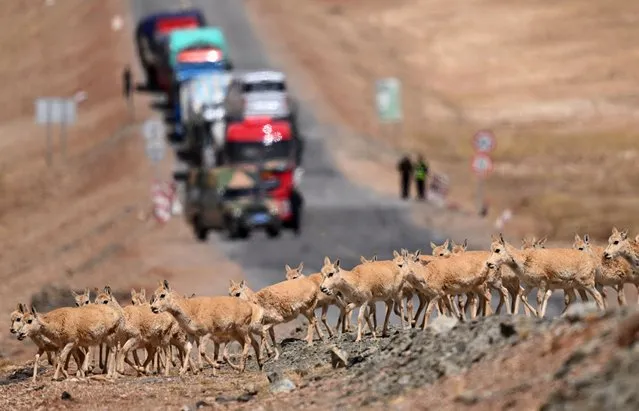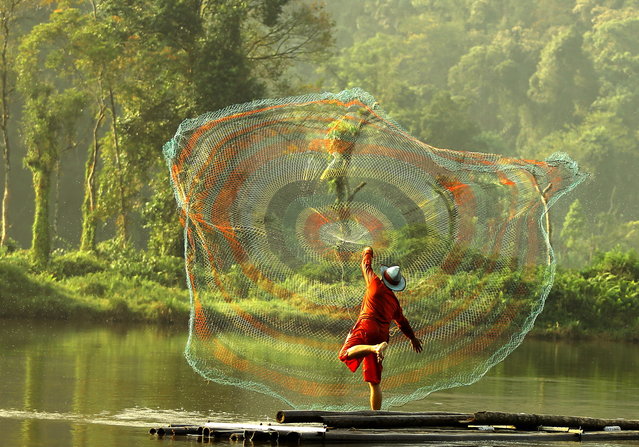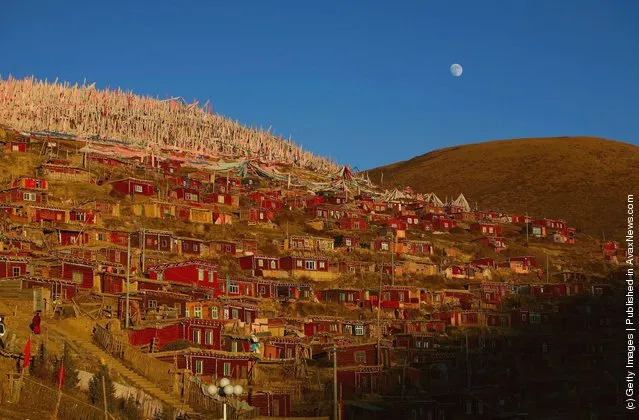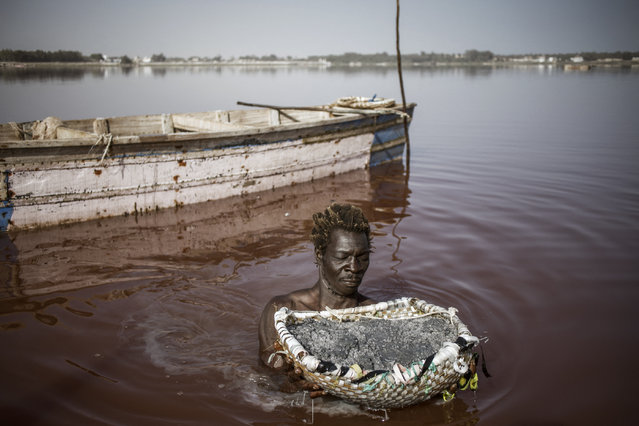
A Tibetan living-in-exile in India attends a peace march during the 62nd Tibetan National Uprising Day in the suburb of McLeod Ganj, the seat of the Central Tibetan Administration in exile, near Dharamsala, India, 10 March 2021. Tibetan Uprising Day is held annually on 10 March and commemorates the Tibetan uprising against the presence of the People's Republic of China in Tibet in 1959. (Photo by Sanjay Baid/EPA/EFE)
11 Mar 2021 10:16:00,post received
0 comments







